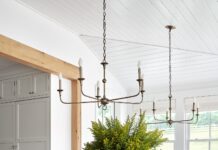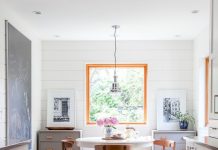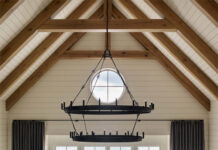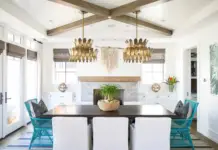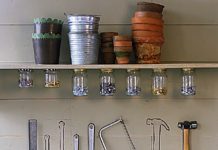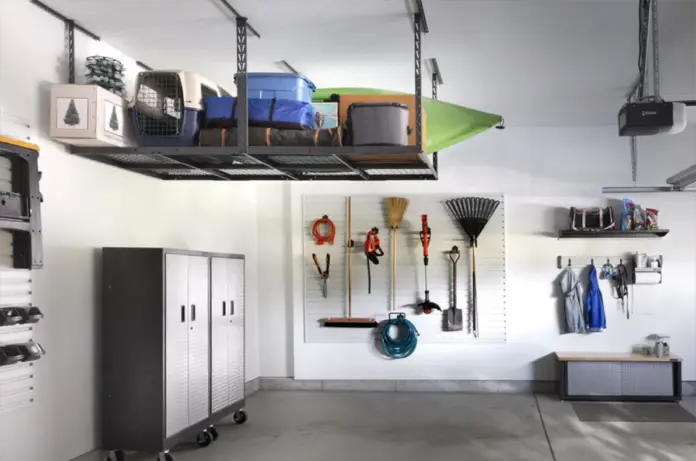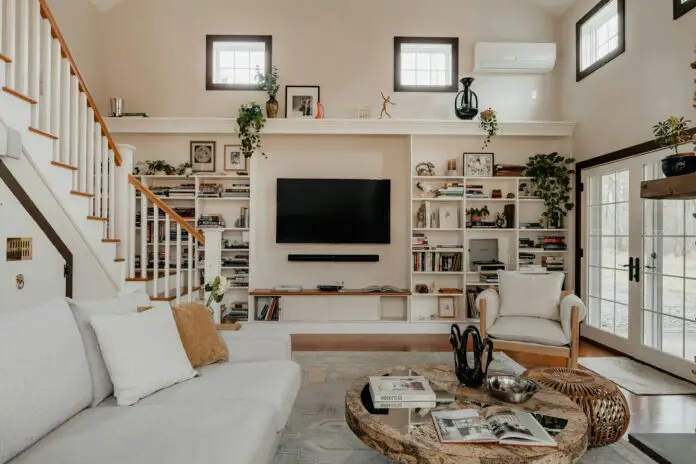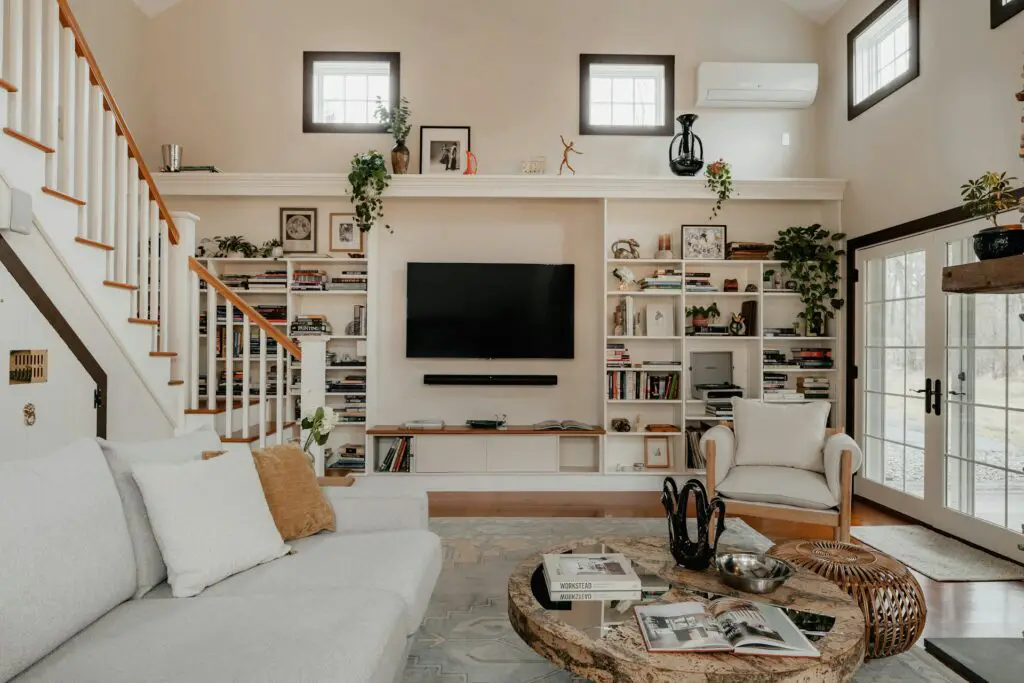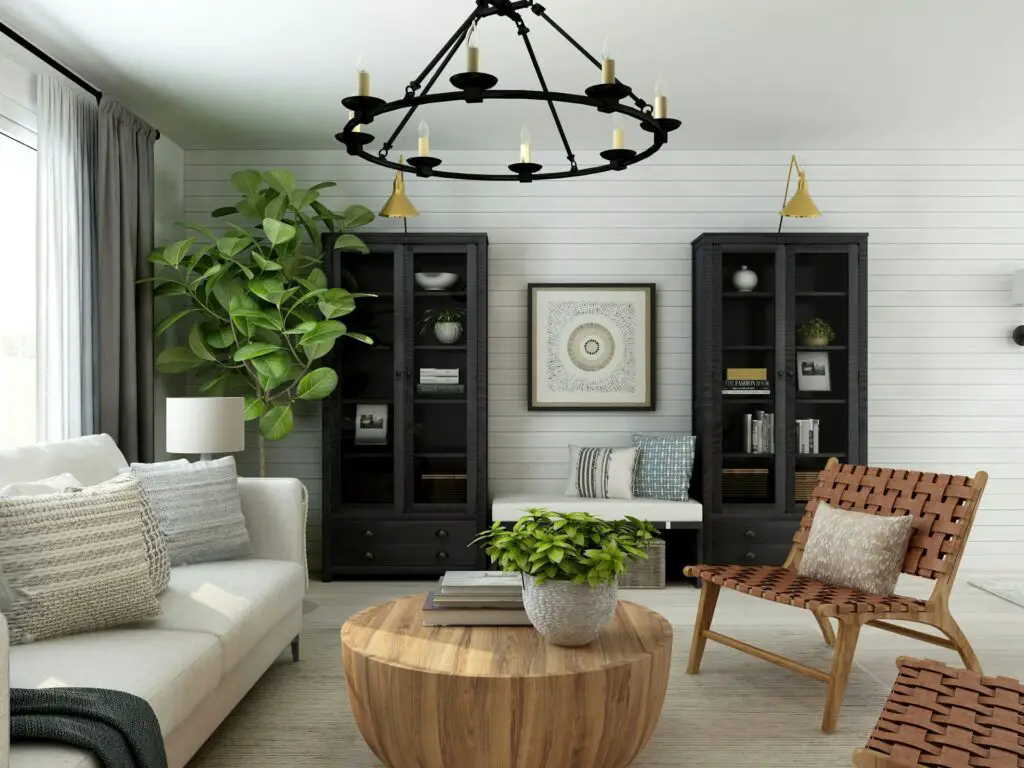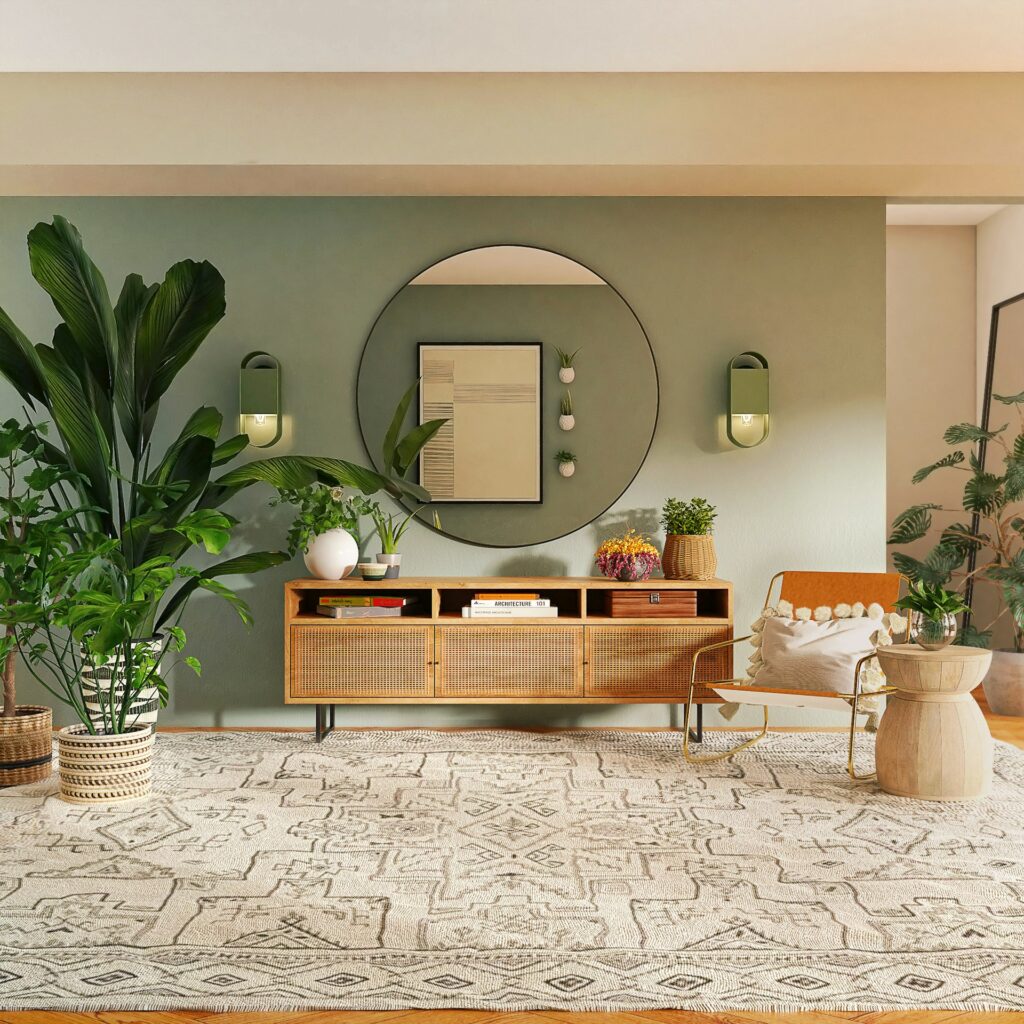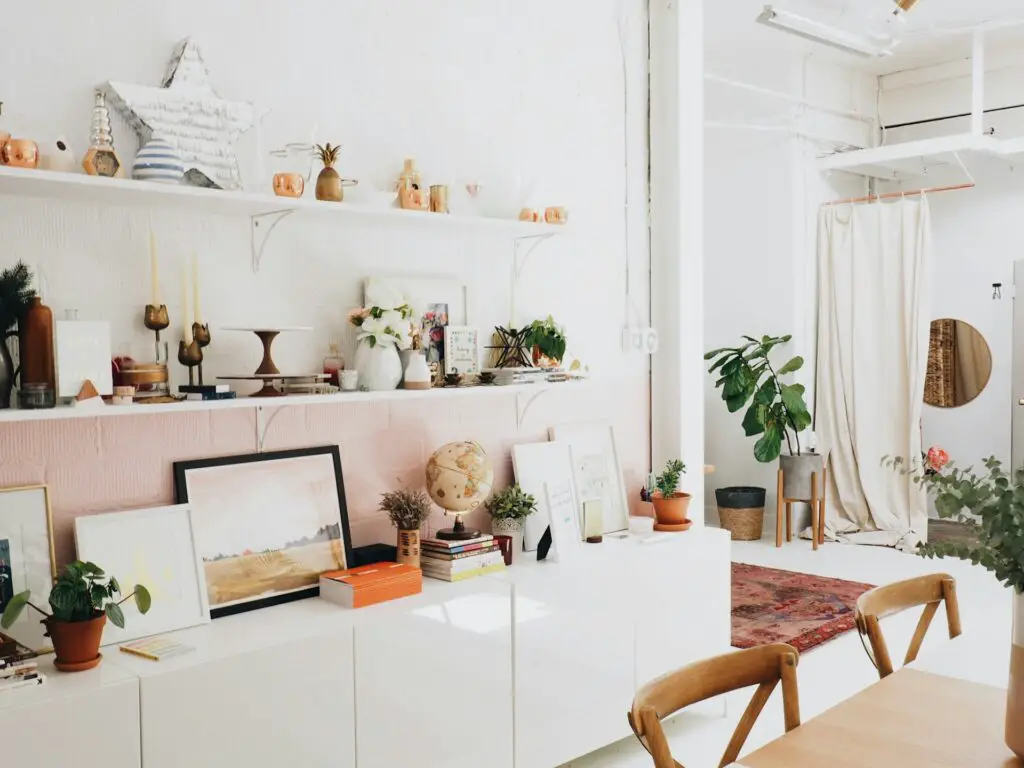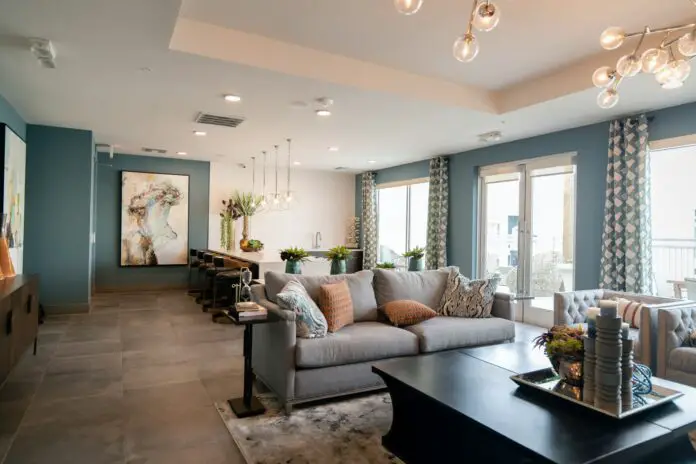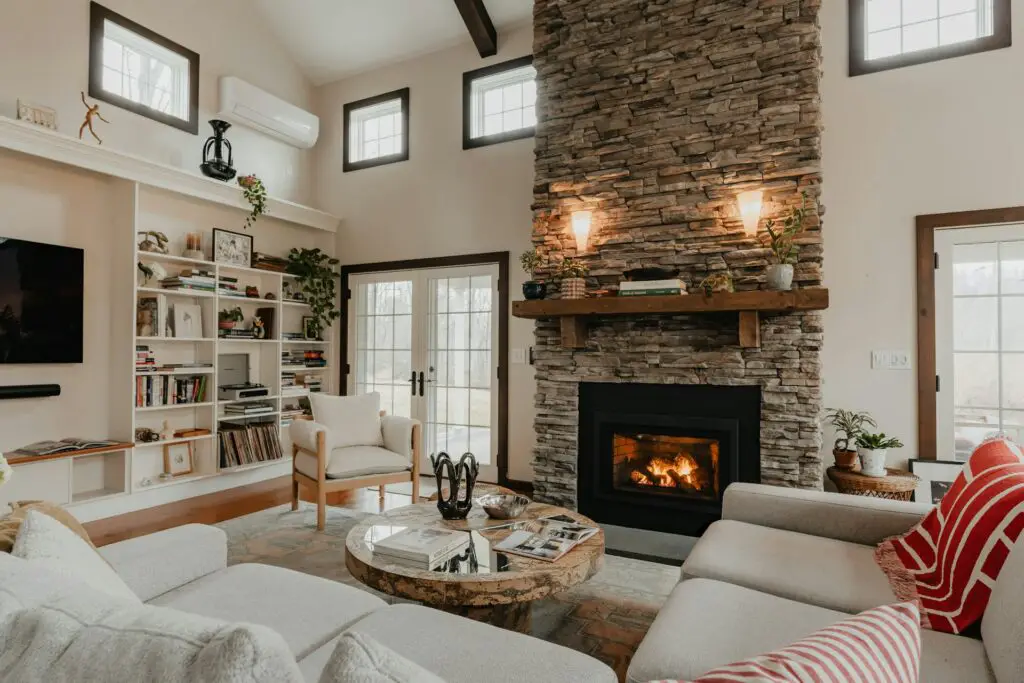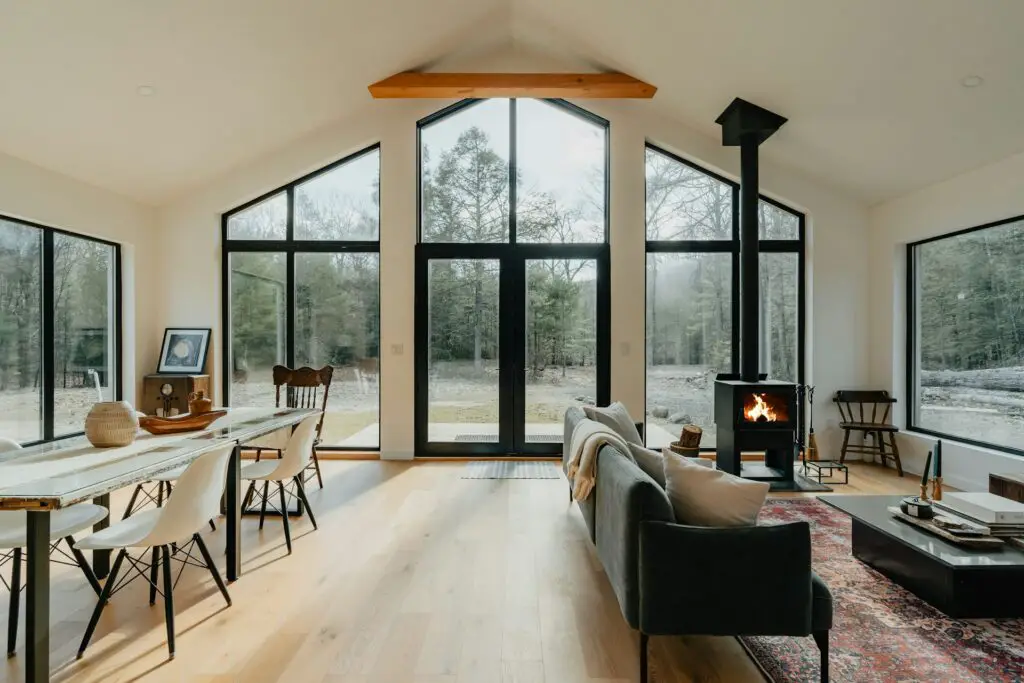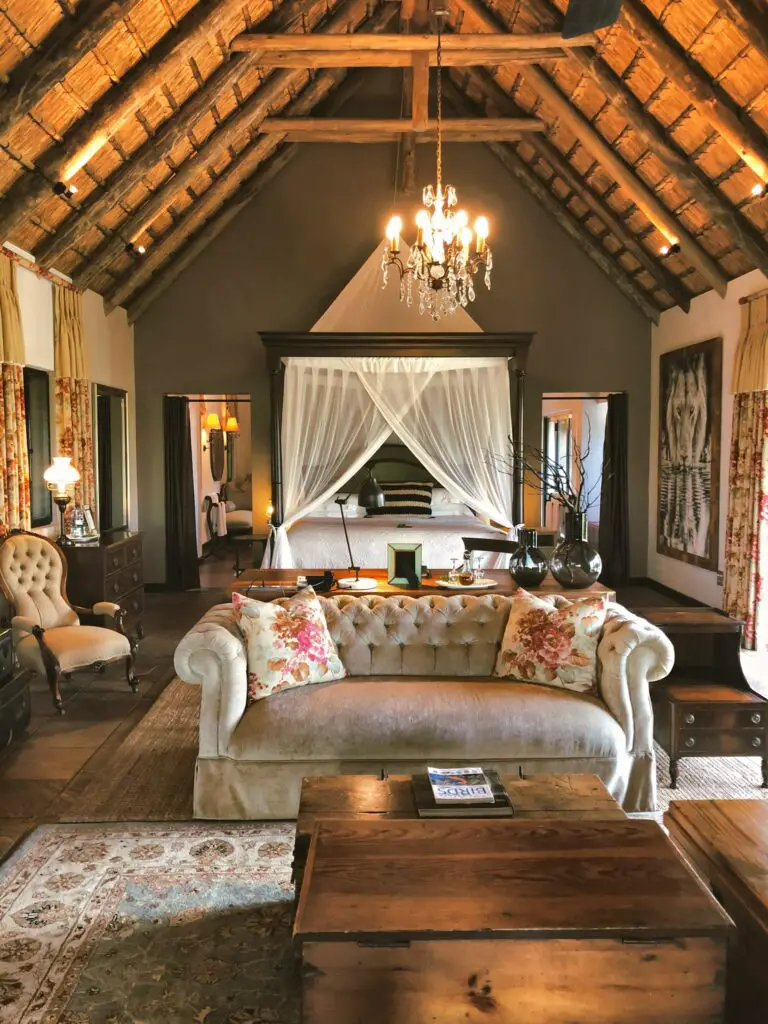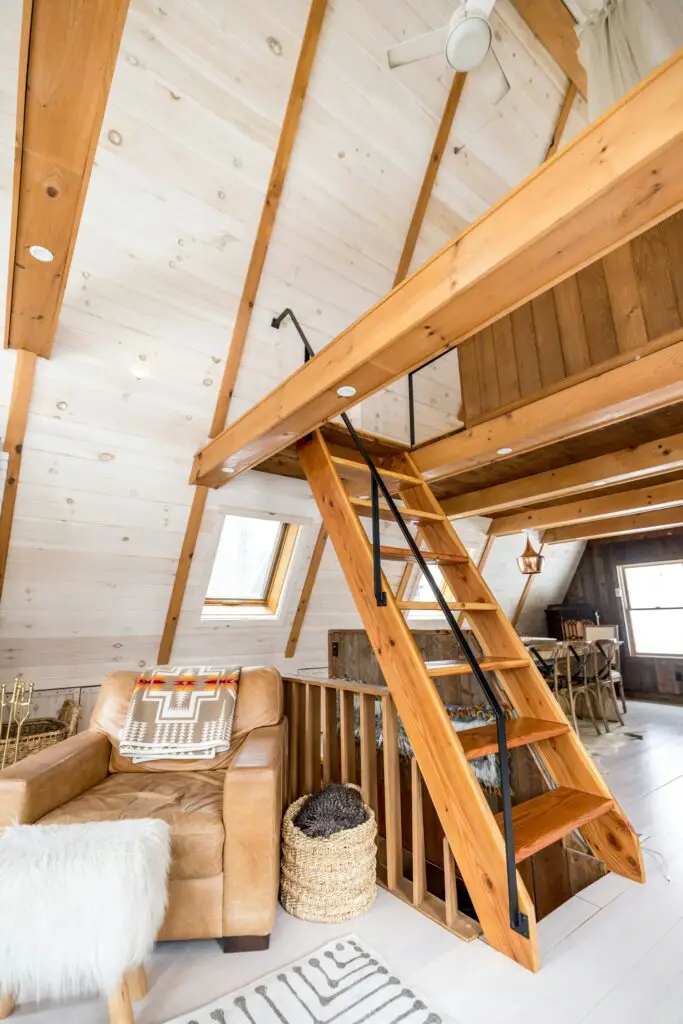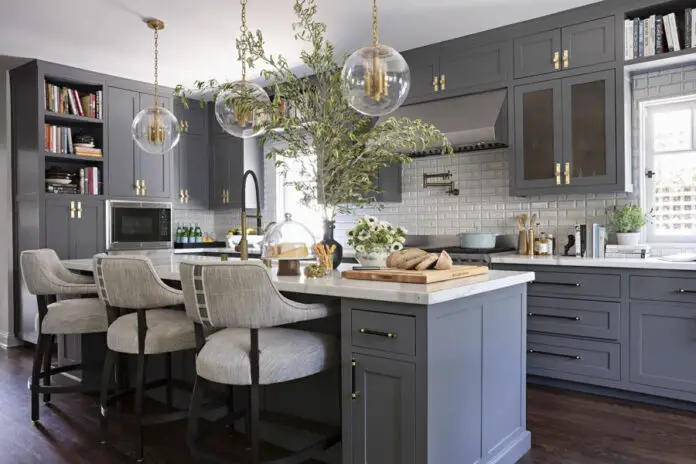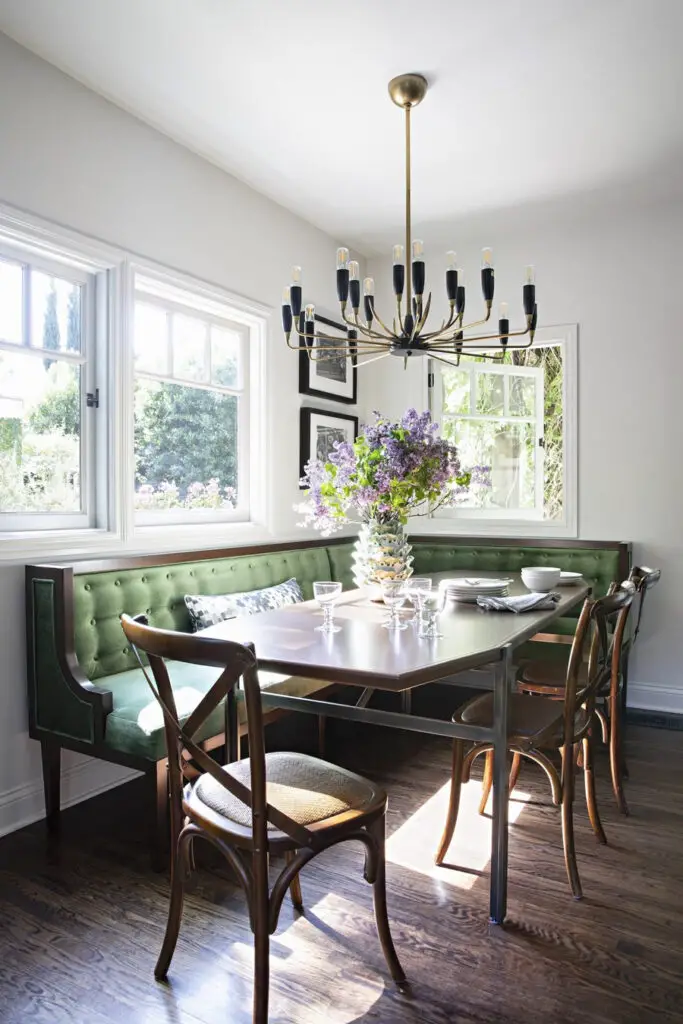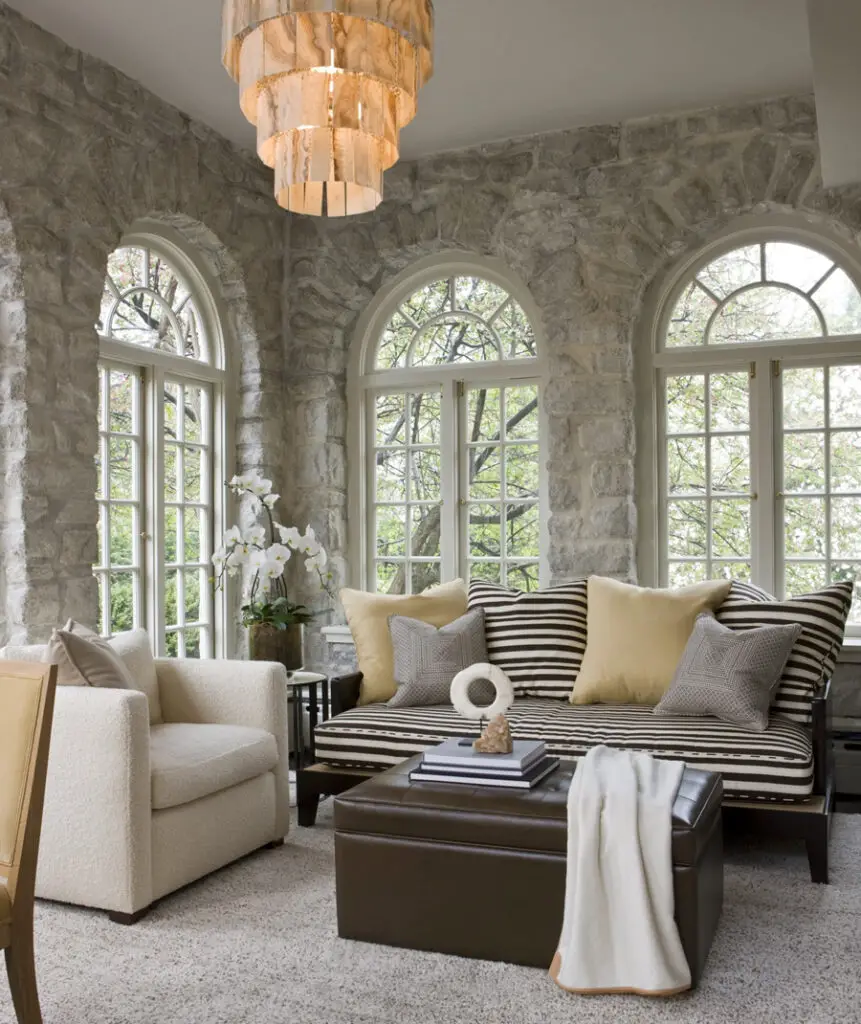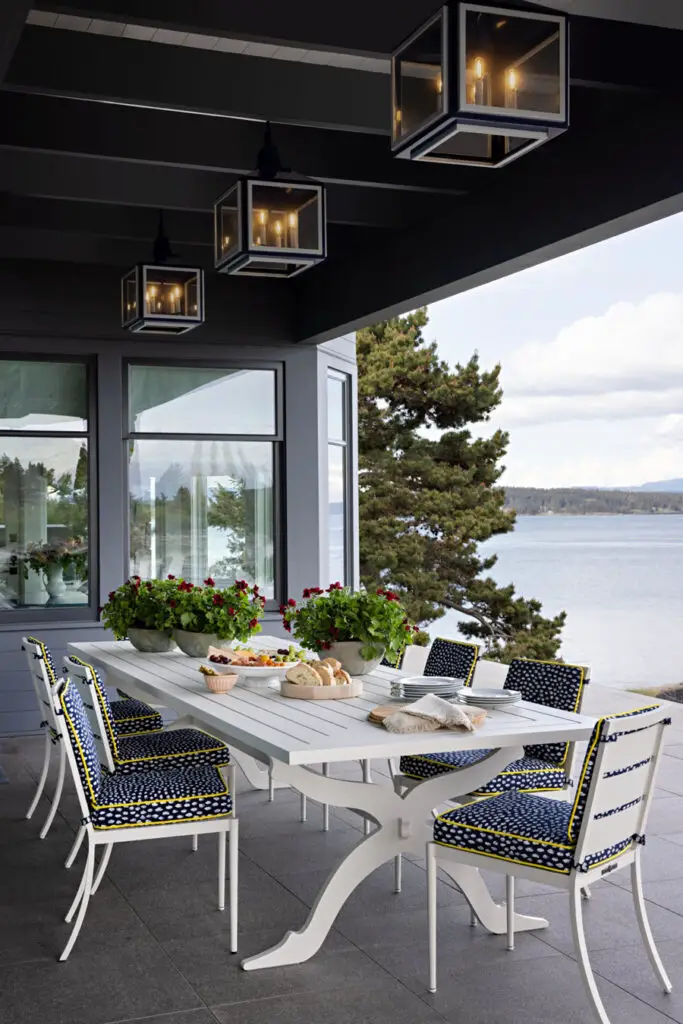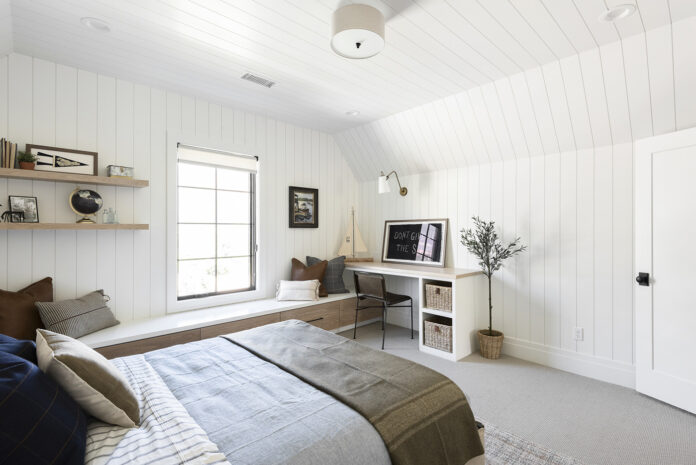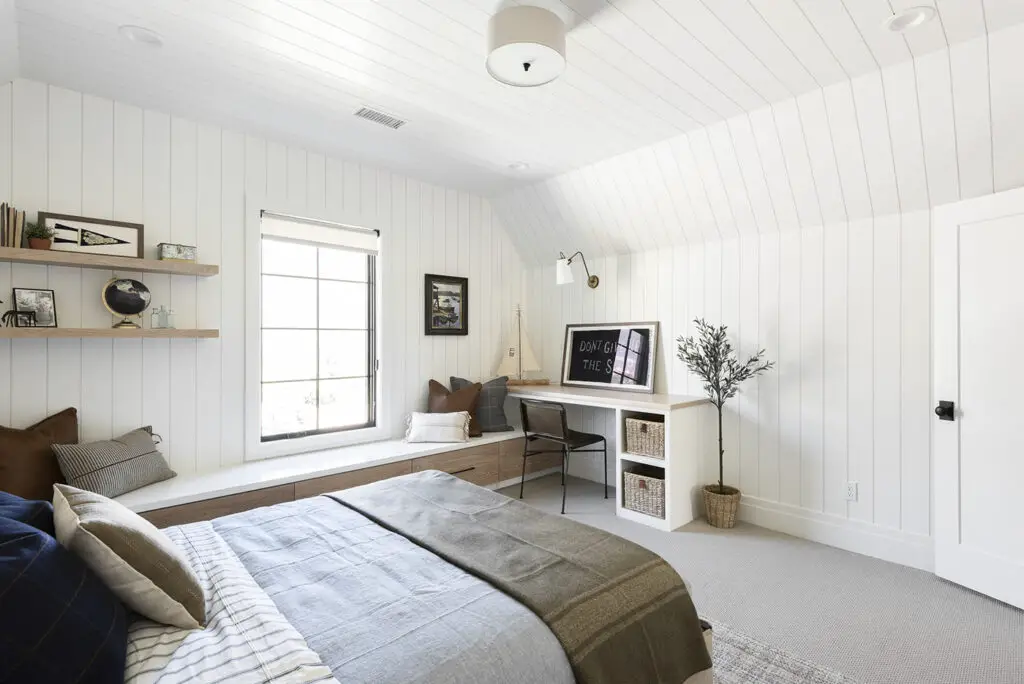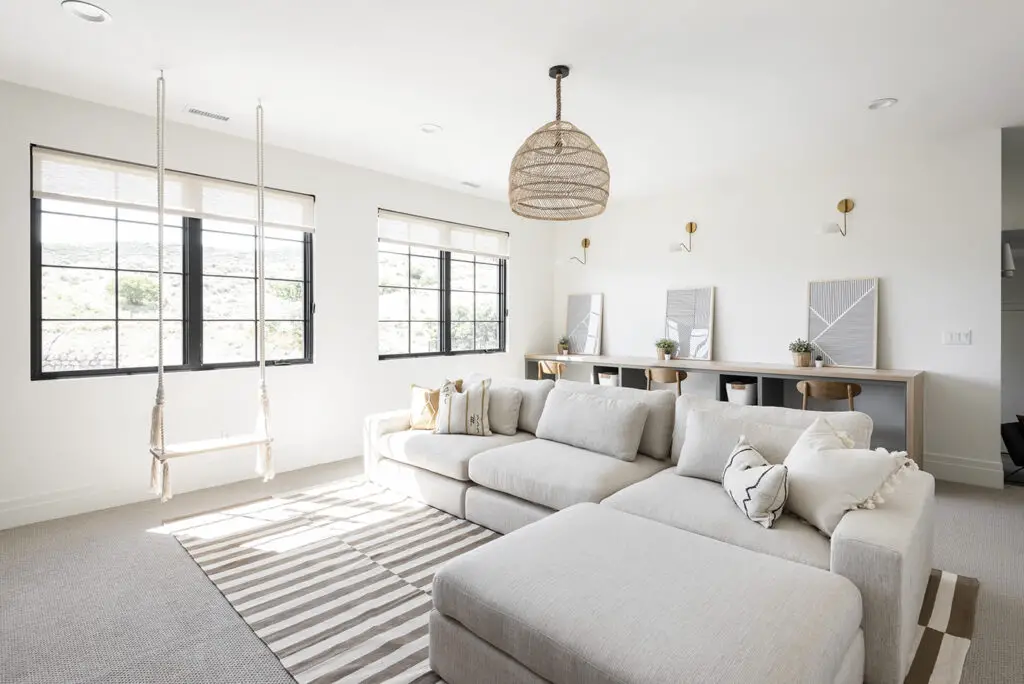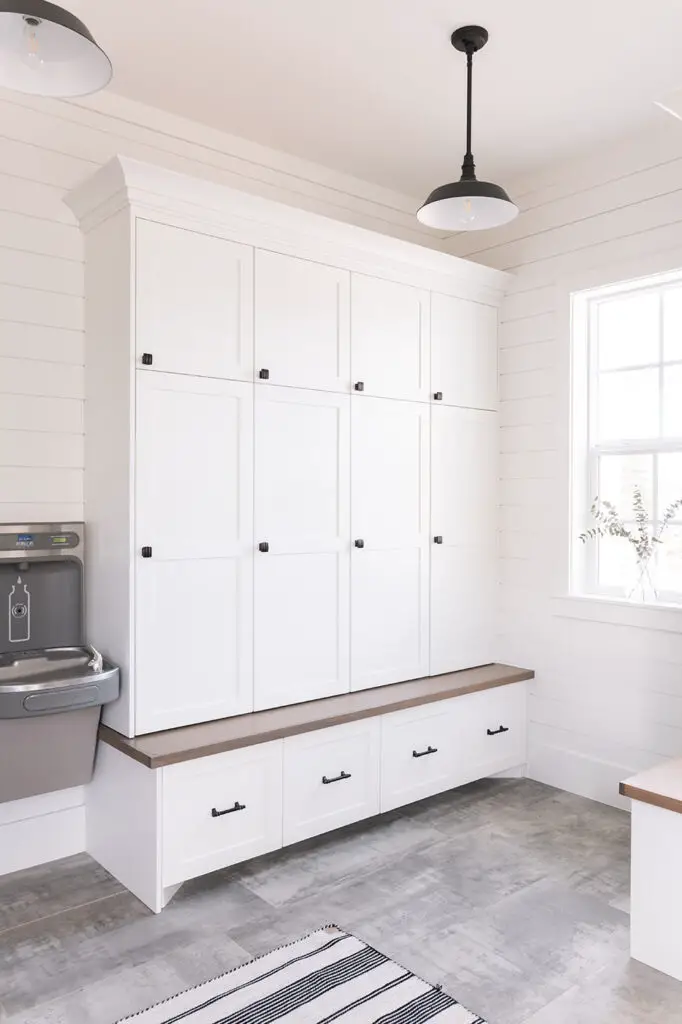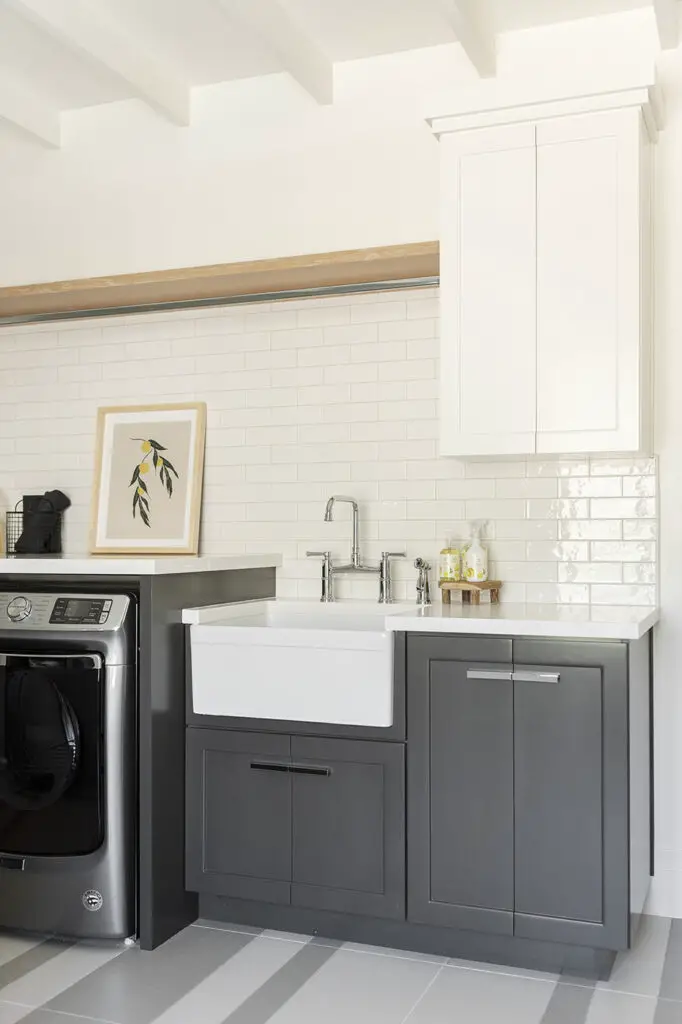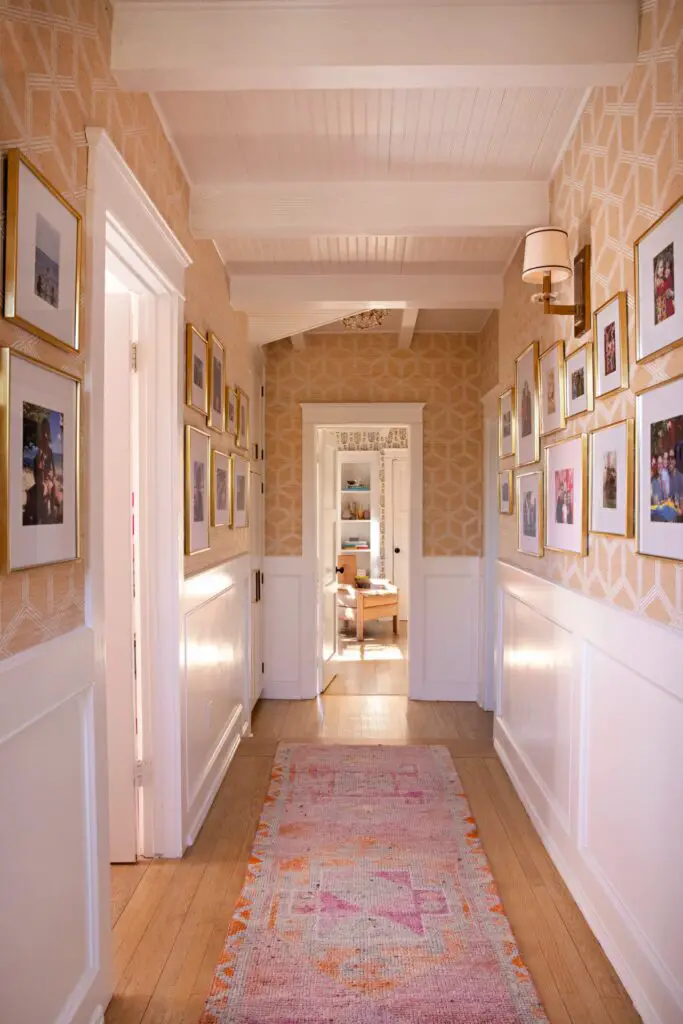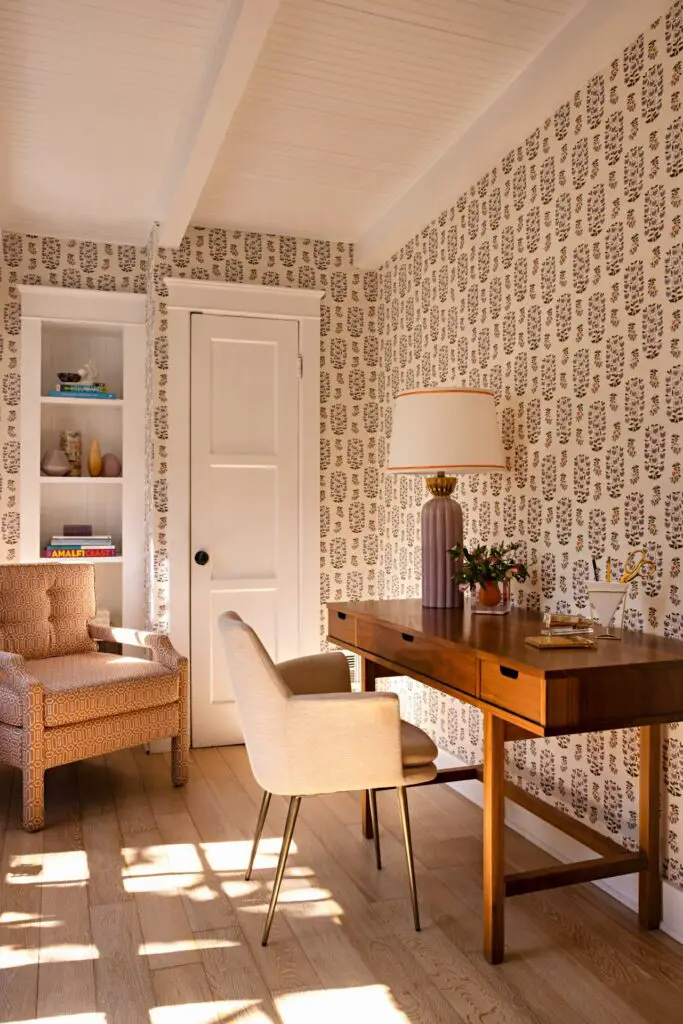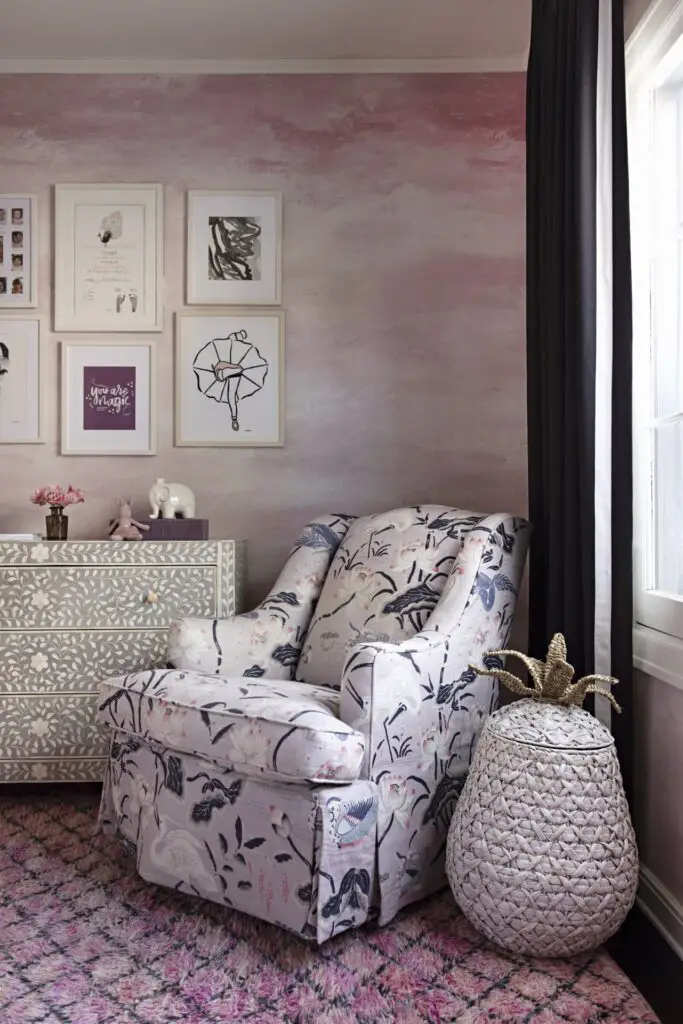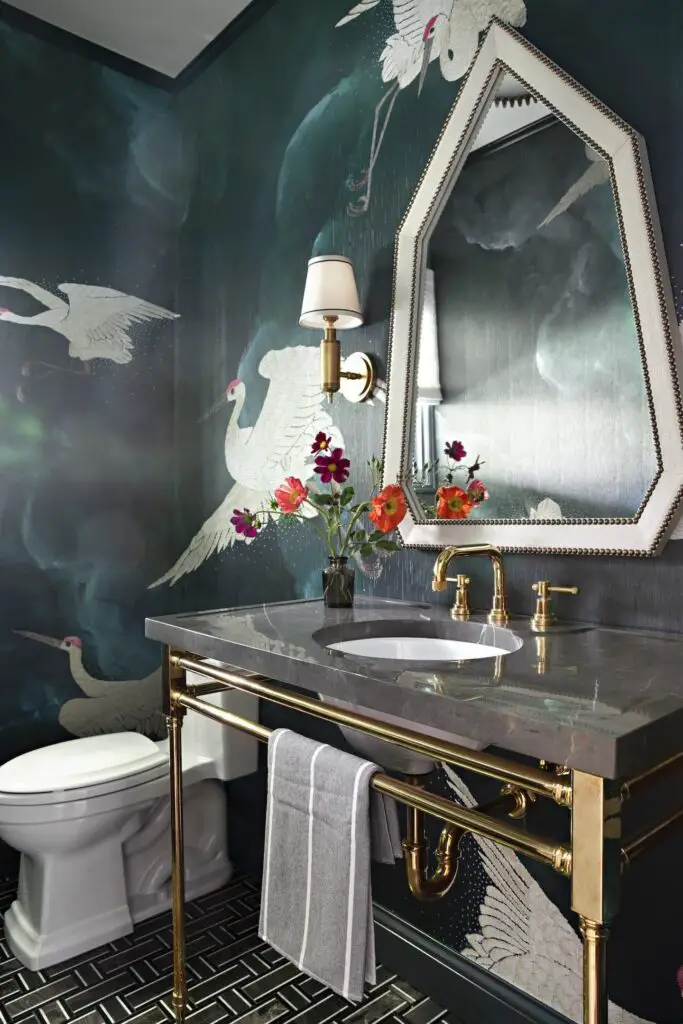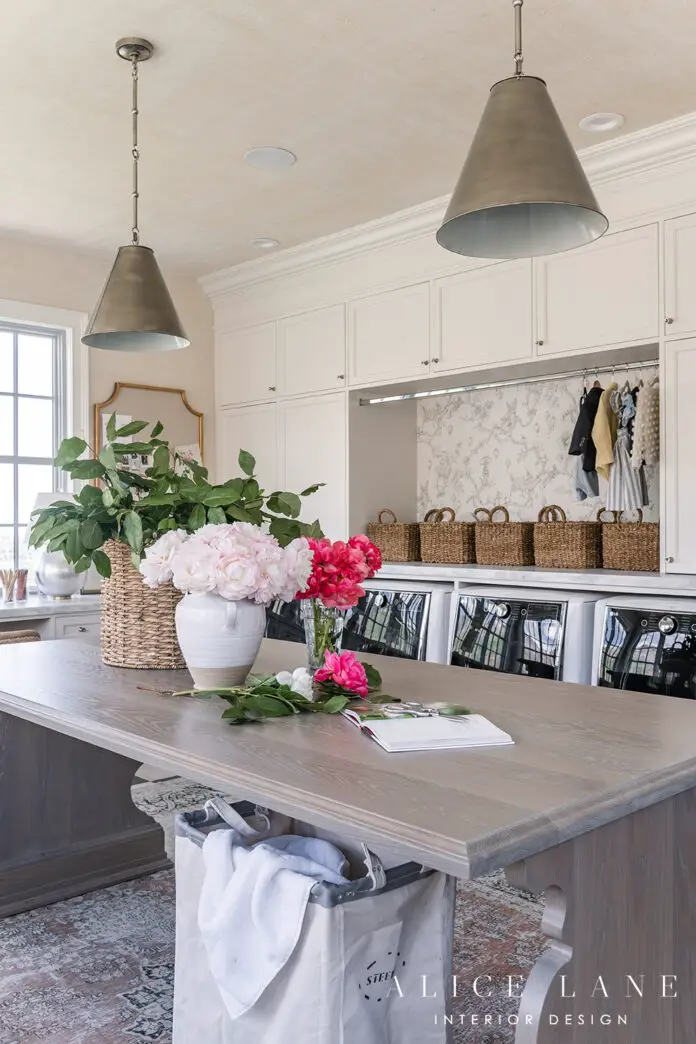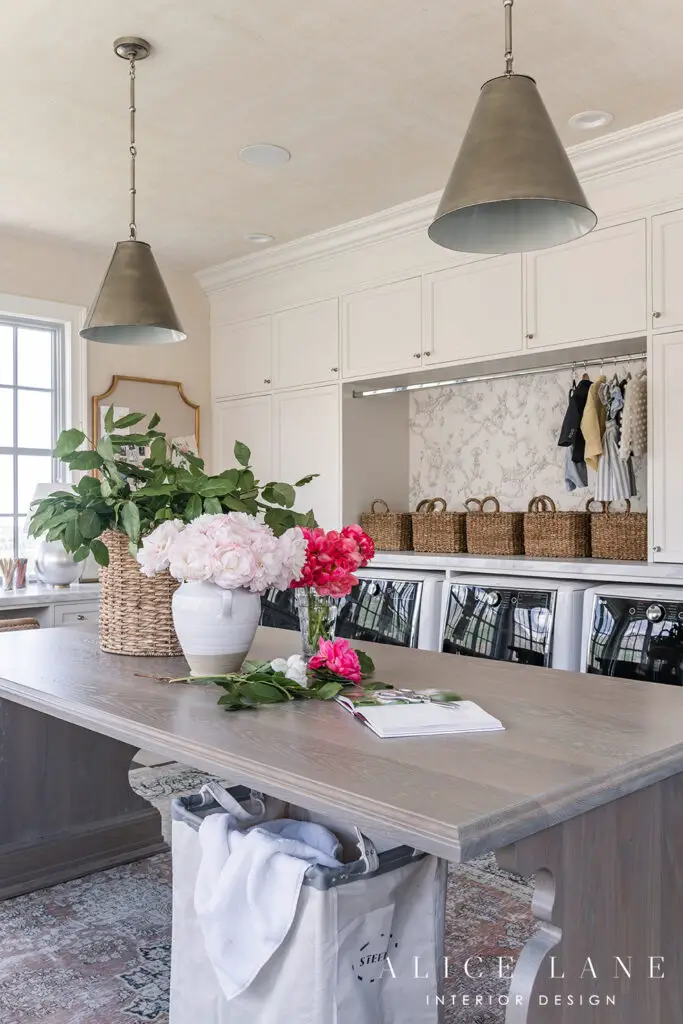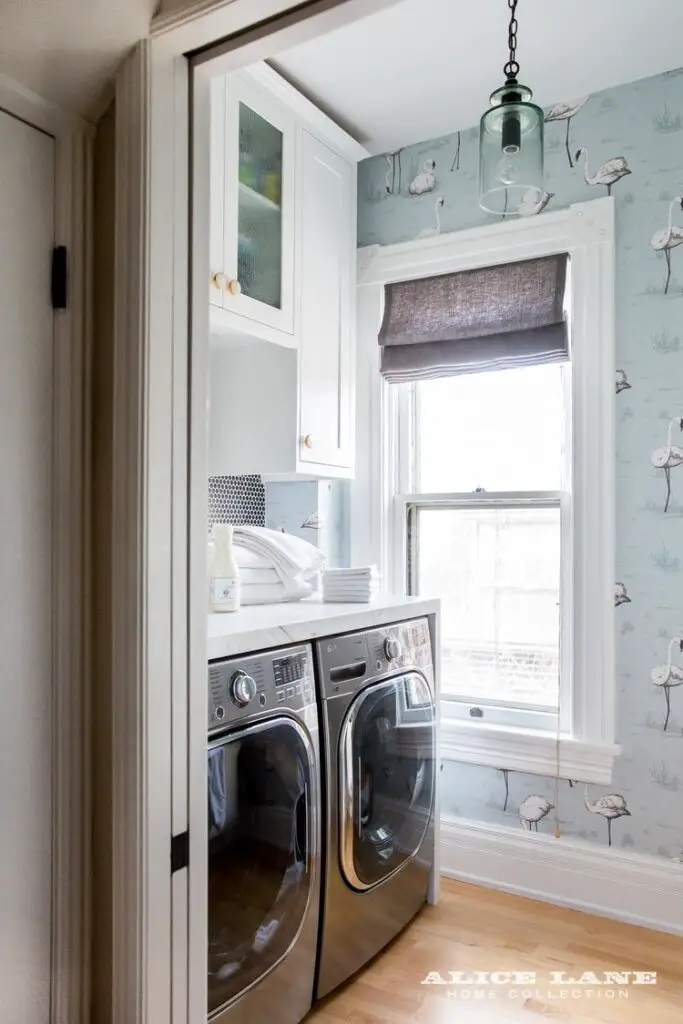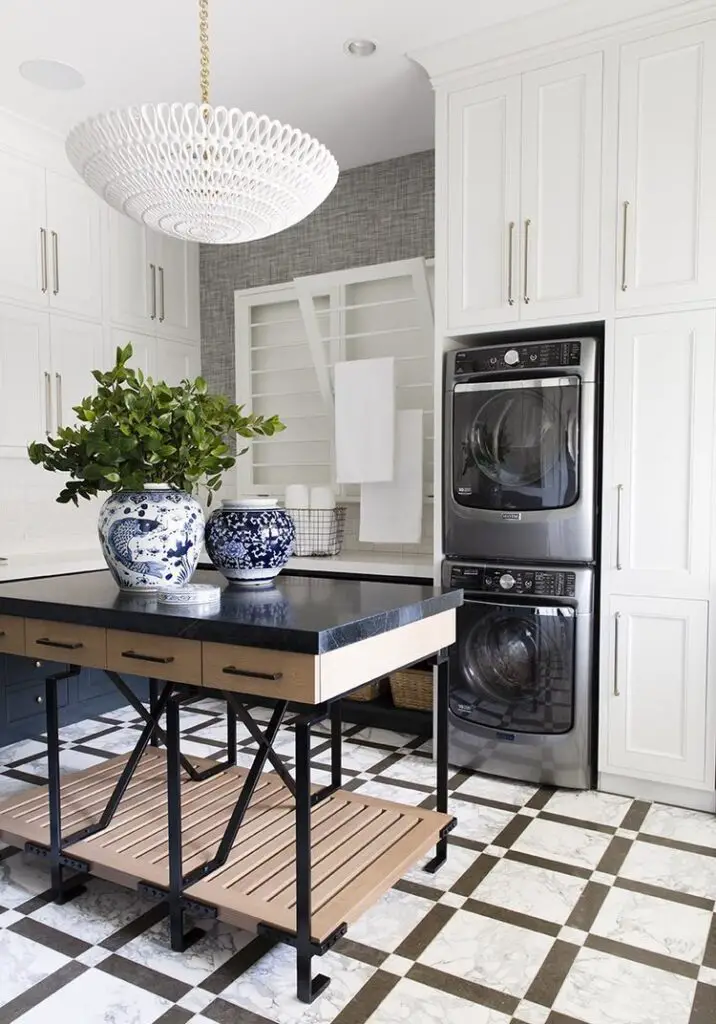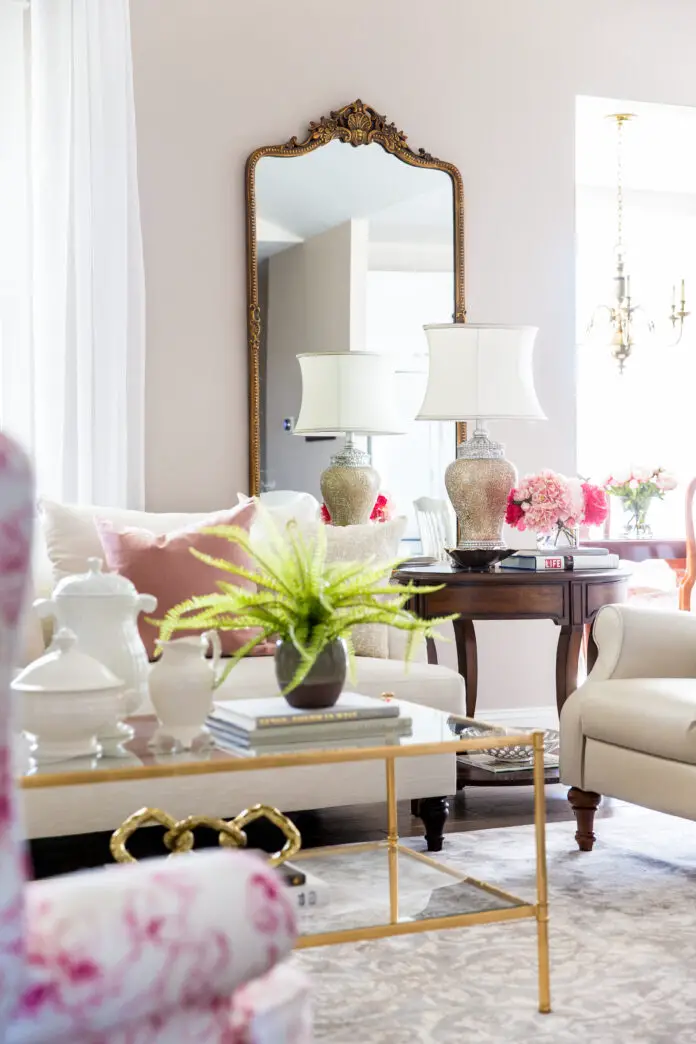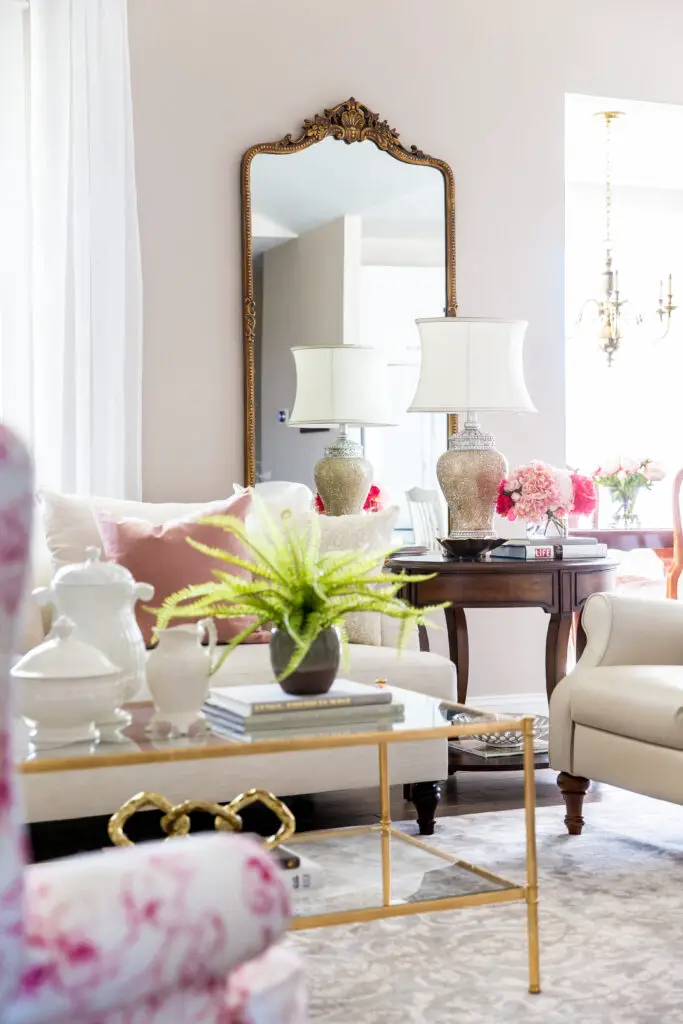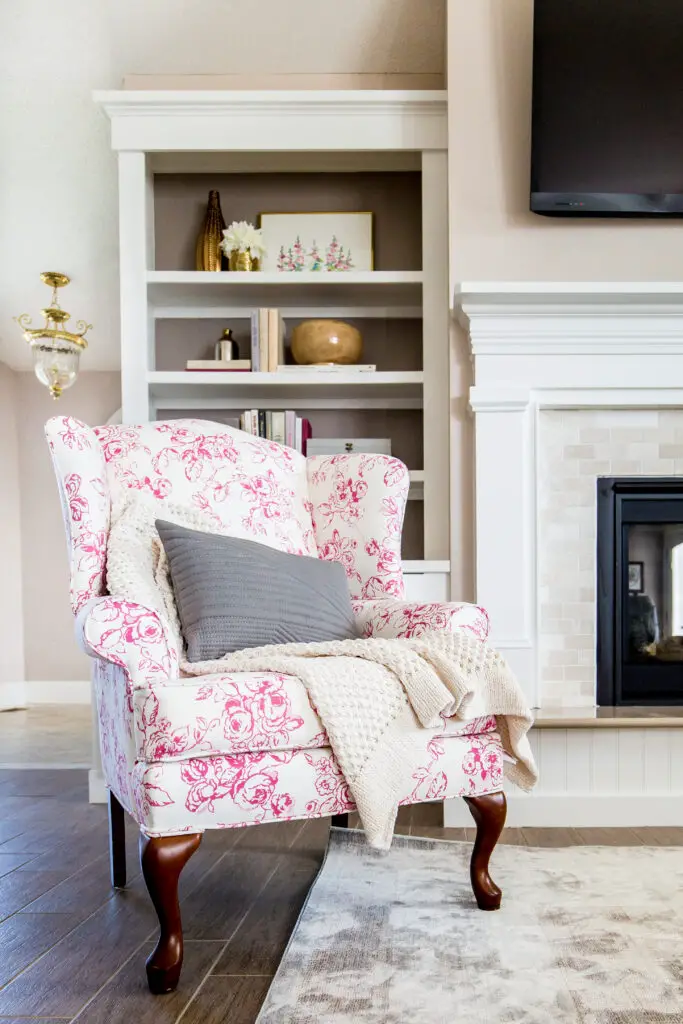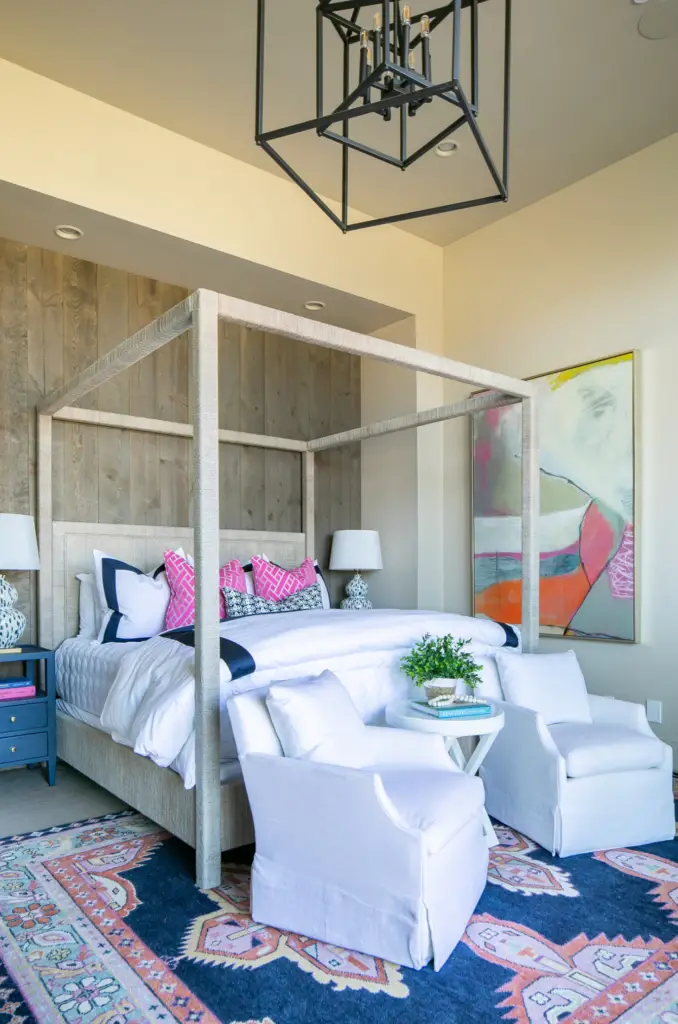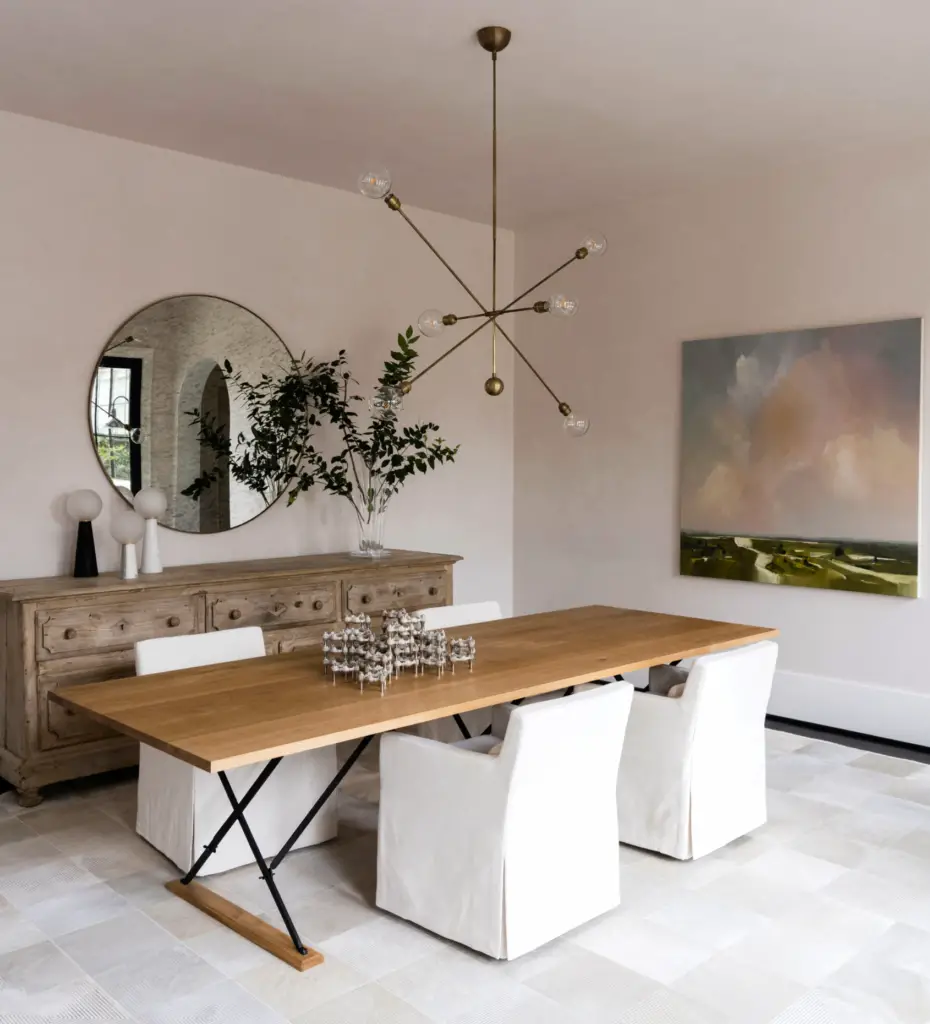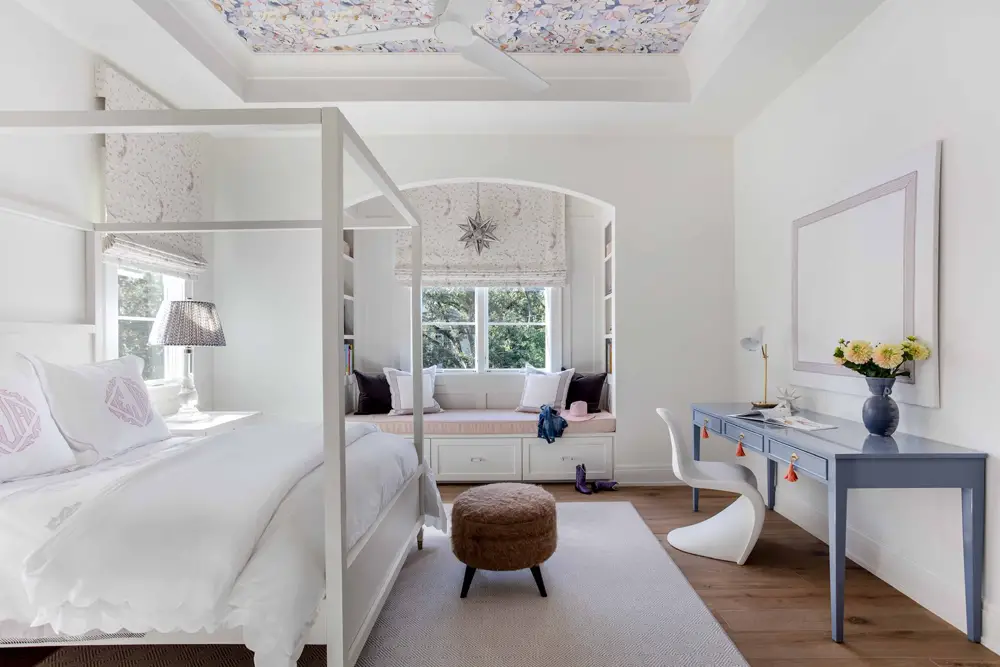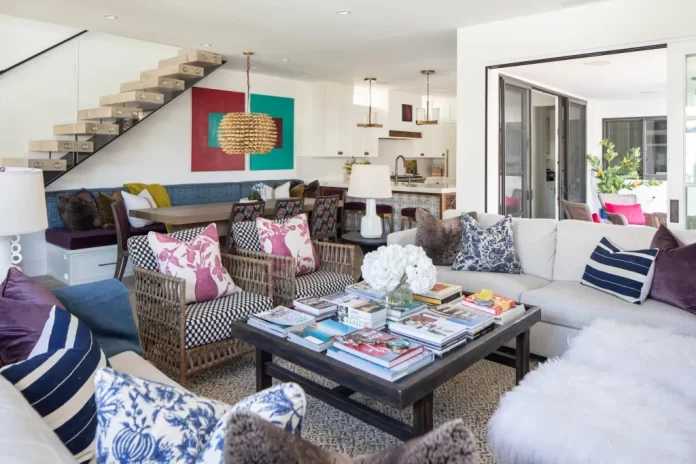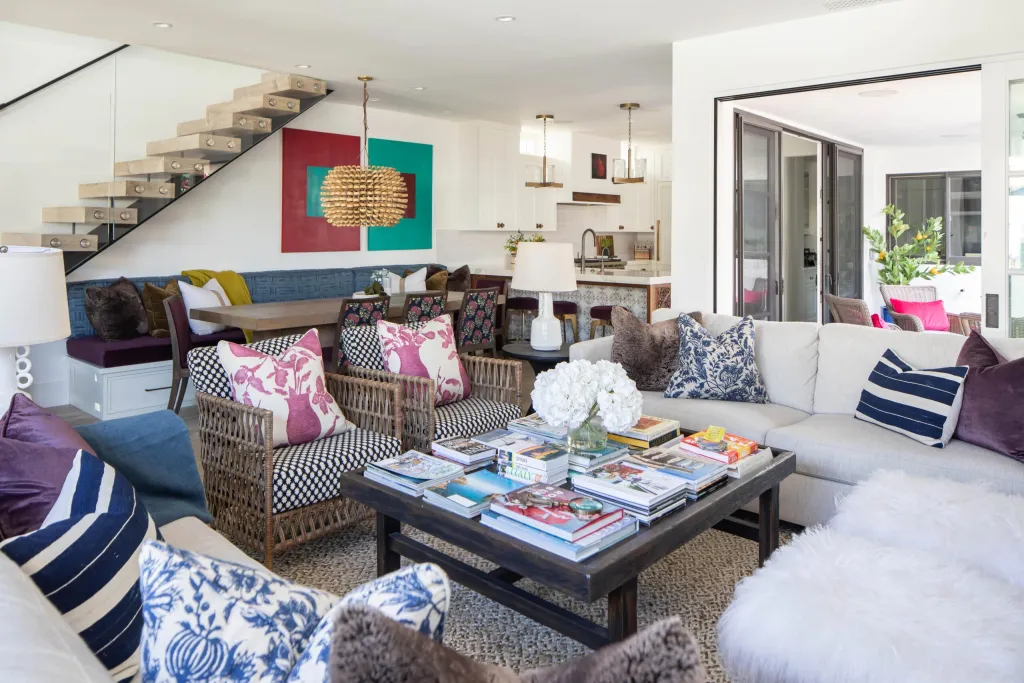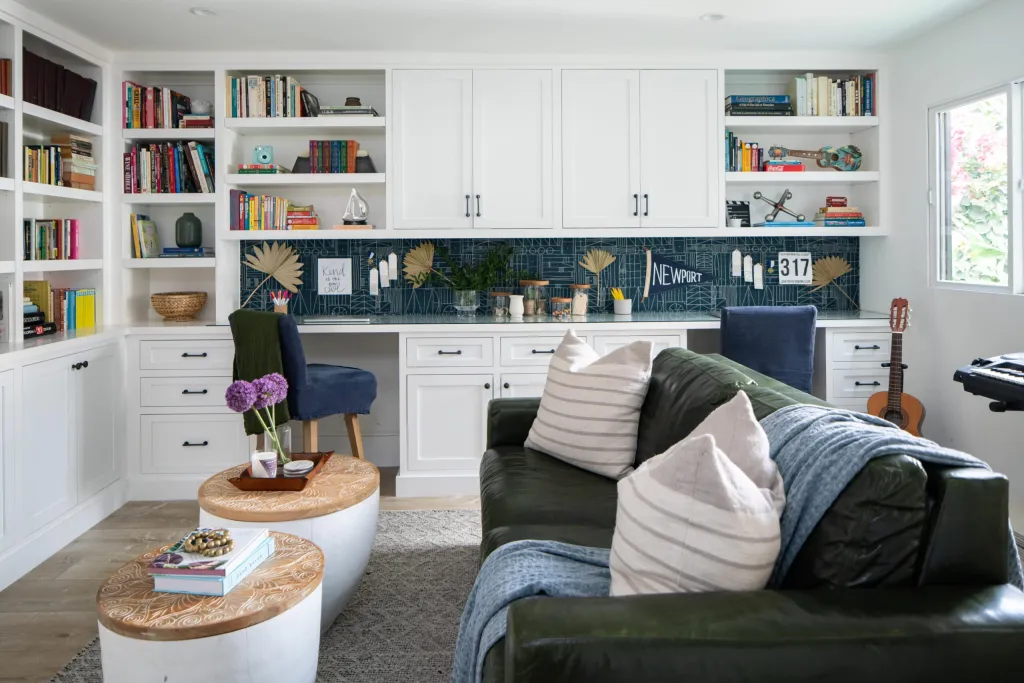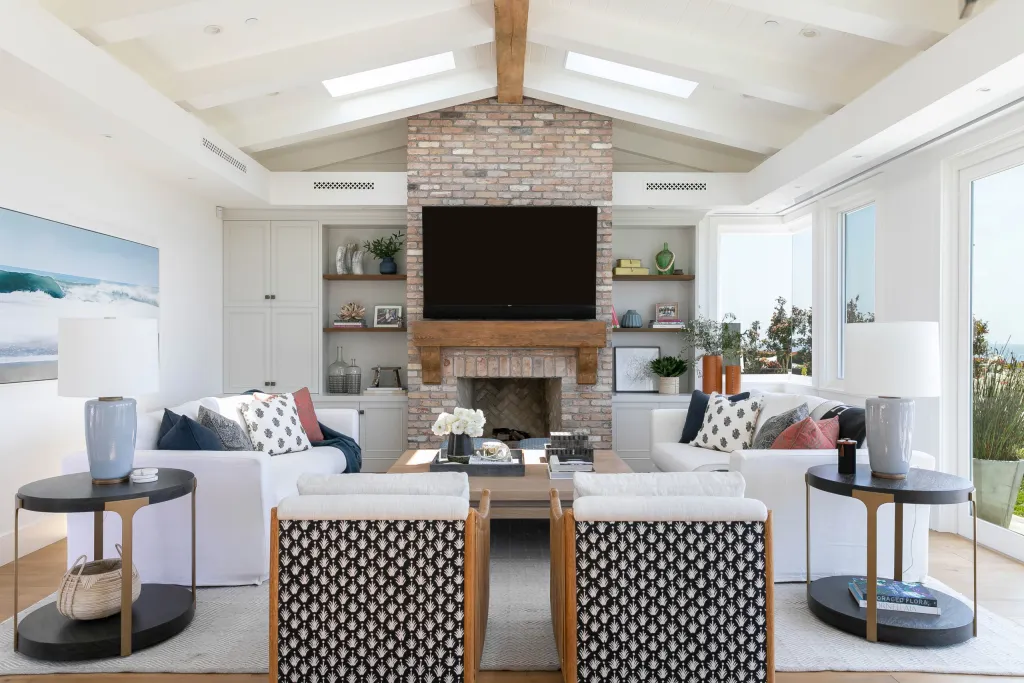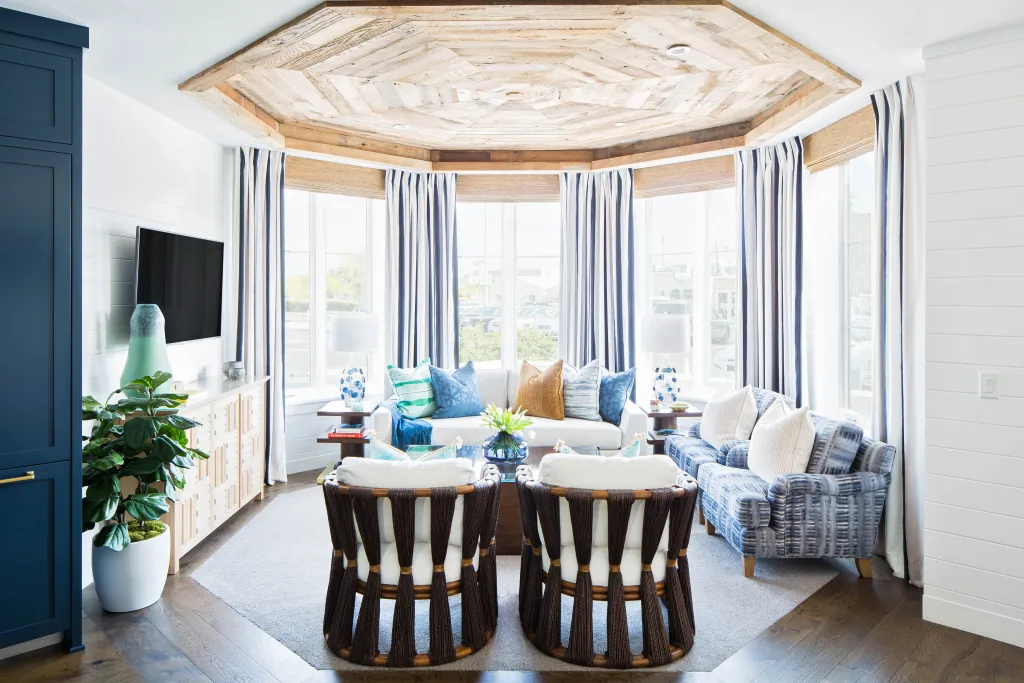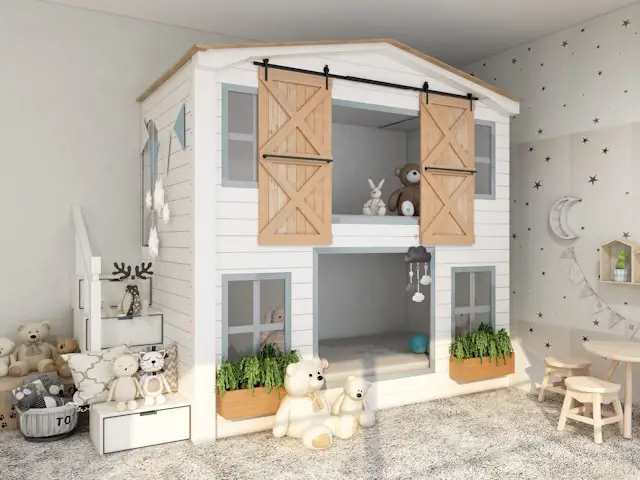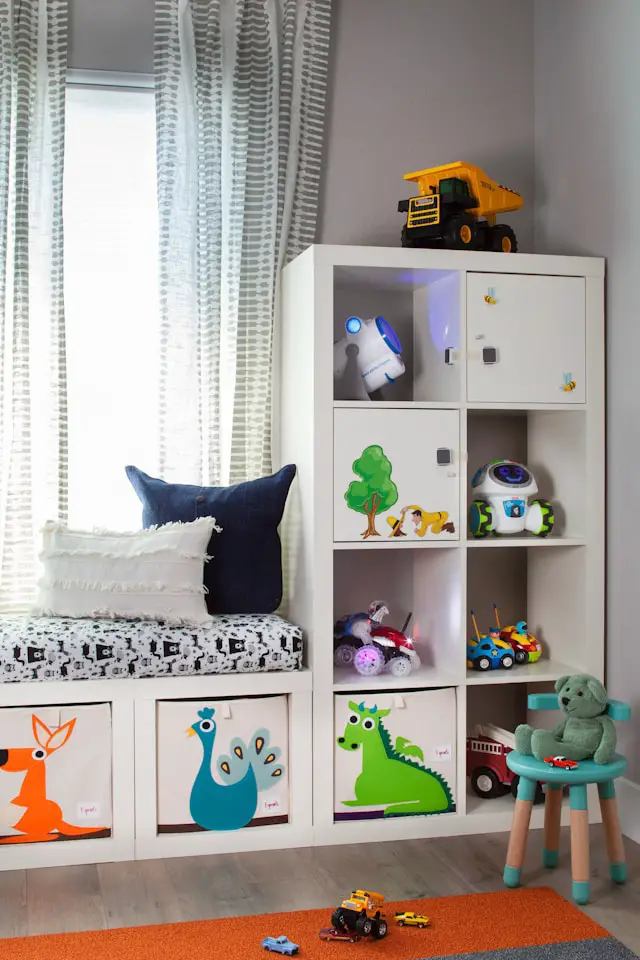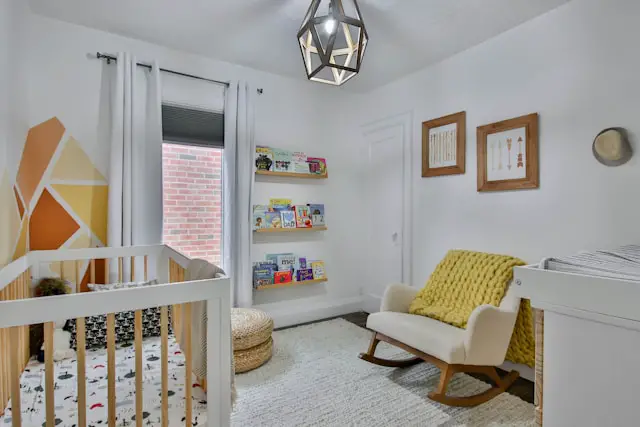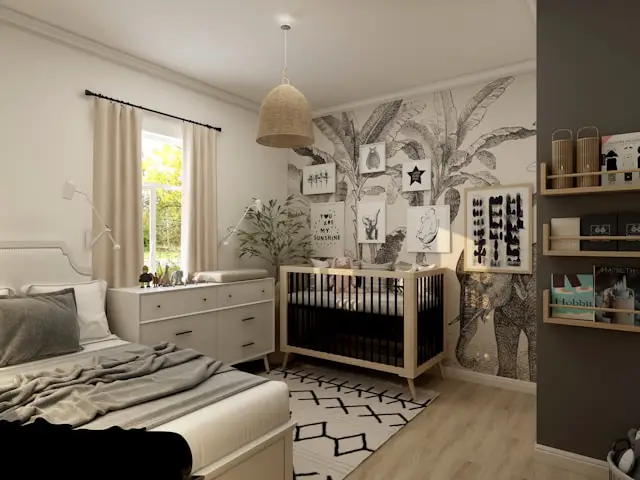How to organize your garage and maintain it can seem like a daunting task, but with a systematic approach and regular upkeep, it can be a manageable and even satisfying endeavor. Here are some steps to help you organize your garage and keep it that way:
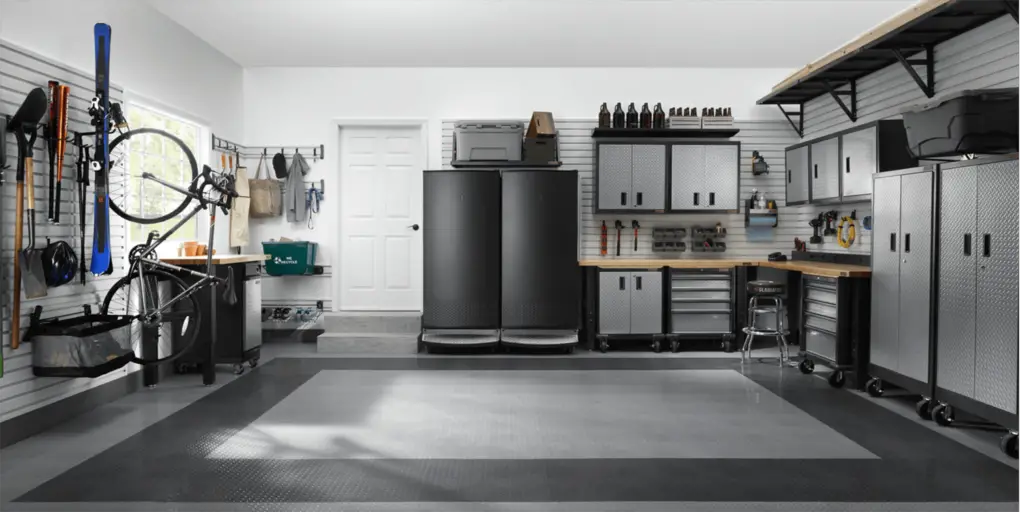
To begin: How to Organize Your Garage
Declutter: Start by sorting through all items in your garage and decluttering ruthlessly. Separate items into categories such as tools, sports equipment, gardening supplies, seasonal decorations, and so on. Donate, sell, or discard items that you no longer need or use.
Assess storage needs: Determine the storage solutions that will best suit your garage layout and the types of items you need to store. This may include shelves, cabinets, pegboards, hooks, bins, racks, and overhead storage systems. Invest in sturdy, durable storage options that can withstand the weight and volume of your belongings.
Create zones: Designate specific zones within your garage for different categories of items, such as a workspace for DIY projects, a gardening area, a sports equipment zone, and a seasonal storage section. This will help you maintain organization and easily locate items when needed.
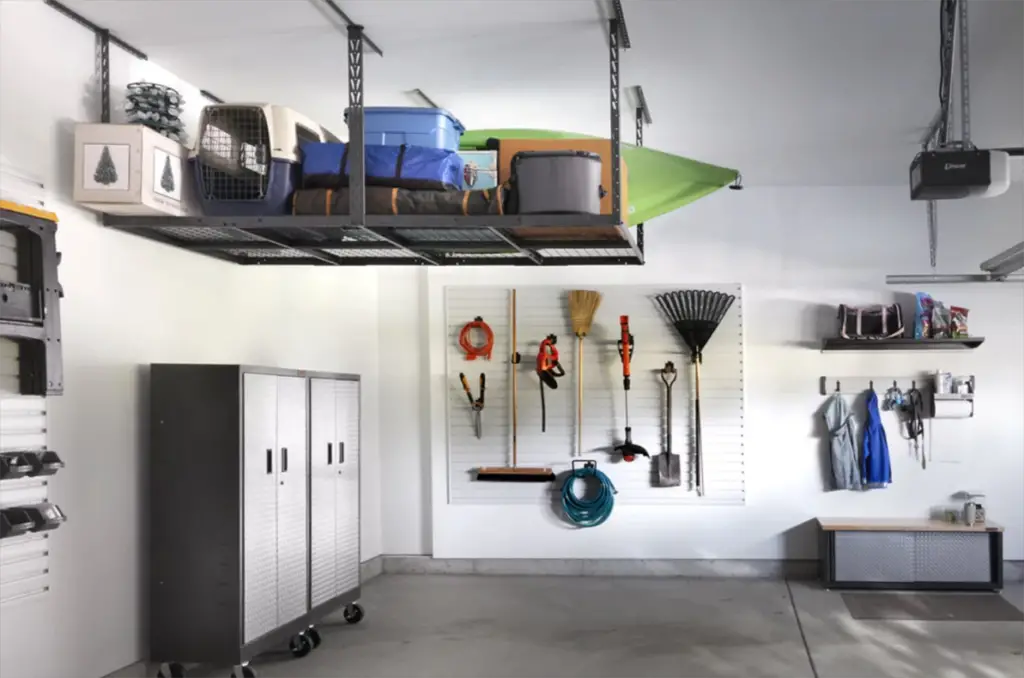
Utilize vertical space: Make use of the vertical space in your garage by installing shelving units, wall-mounted cabinets, pegboards, and hooks. This will maximize storage capacity and keep items off the floor, making it easier to navigate the space and park vehicles.
Label and categorize: Label storage bins, containers, and shelves to clearly identify the contents of each. Categorize items logically and group similar items together to streamline organization and make it easier to find what you need.
Next, how to maintain your garage
Establish a maintenance routine: Set aside time on a regular basis to maintain your garage organization. This may involve sweeping or vacuuming the floor, wiping down surfaces, organizing items that have been displaced, and addressing any clutter that accumulates over time.
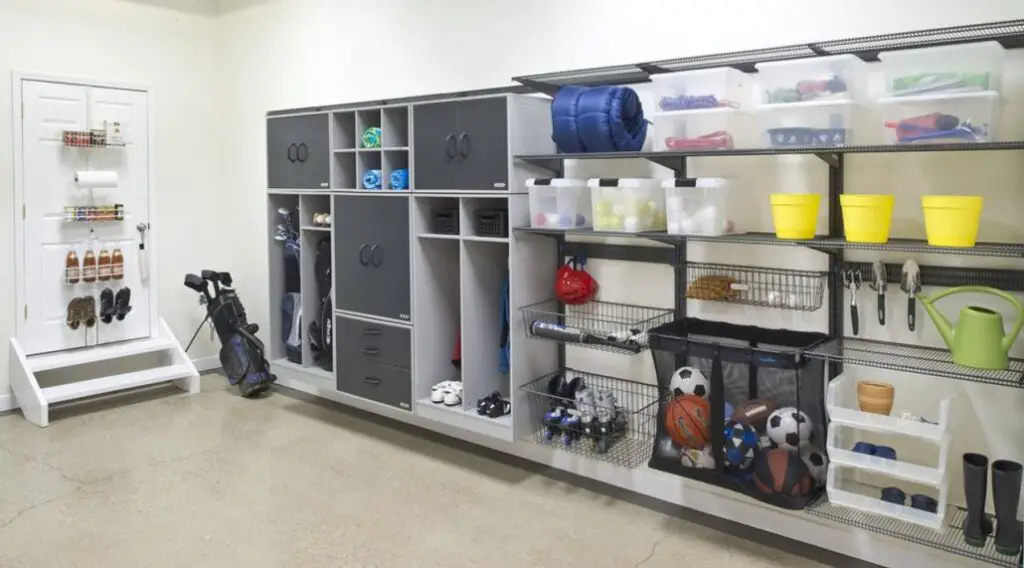
Practice the “one in, one out” rule: Adopt a policy of only bringing new items into the garage if you’re willing to part with something else. This will help prevent clutter from building up and ensure that your storage space remains functional and efficient.
Store items properly: Store items in a way that keeps them accessible, visible, and protected from dust, moisture, pests, and other environmental factors. Use sealed containers, plastic bins with lids, and weatherproof storage solutions as needed to safeguard your belongings.
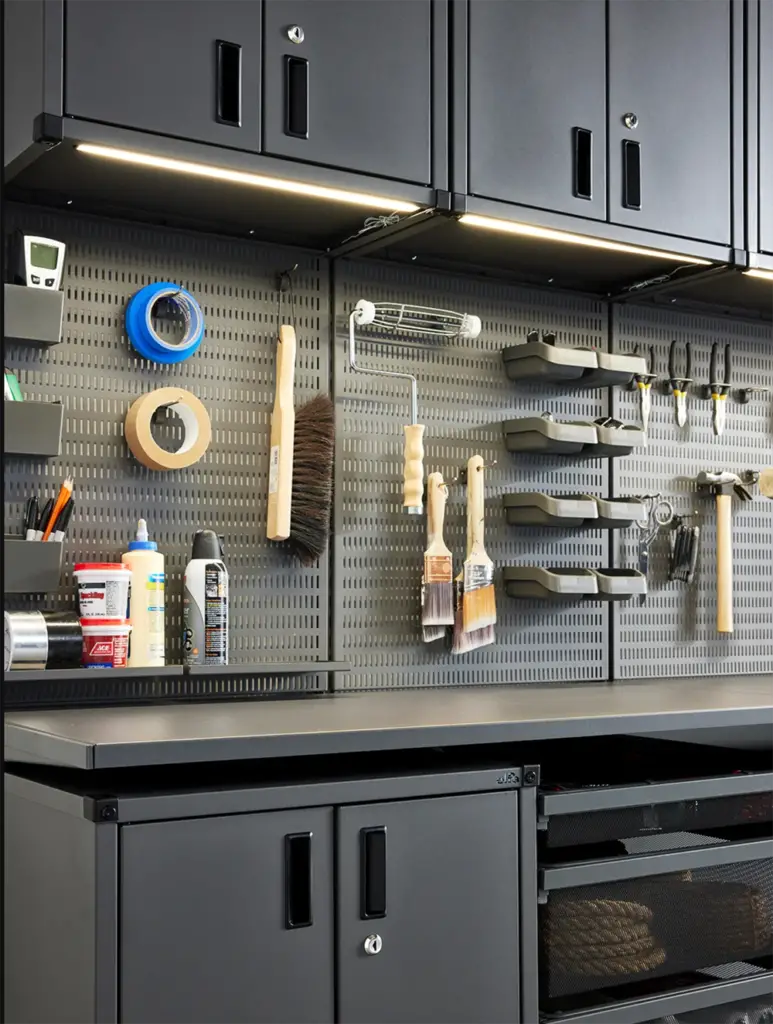
Regularly reassess and adjust: Periodically reassess your garage organization system to identify any areas that need improvement or adjustment. Be flexible and willing to make changes as your storage needs evolve over time.
Involve the whole family: Encourage family members to participate in maintaining garage organization by assigning tasks, establishing rules, and leading by example. This will foster a sense of ownership and responsibility for keeping the space tidy and functional.
In conclusion: How to Organize your garage and maintain it
So, how do you organize your garage and maintain it? By following these steps and staying consistent with your organization efforts, you can create an organized and efficient garage that enhances your home’s functionality and provides ample storage for your belongings.






